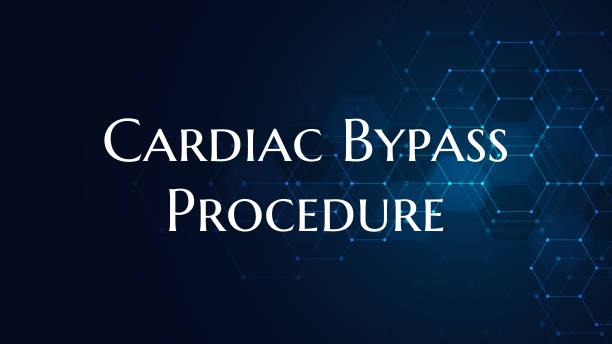
Cardiac Bypass Procedure
Understanding the Cardiac Bypass Procedure: Exploring a Life-Saving Surgery
The cardiac bypass procedure, also known as coronary artery bypass grafting (CABG), is a surgical method used to treat blockages in the coronary arteries that supply blood to the heart muscle. This procedure is typically performed to improve blood flow to the heart, reduce chest pain (angina), and decrease the risk of a heart attack.
### What Is Cardiac Bypass Surgery?
During a cardiac bypass procedure, a surgeon takes a healthy blood vessel, often from the leg or chest, and grafts it onto the blocked coronary artery. This redirects blood flow around the blockage, allowing oxygen-rich blood to reach the heart muscle. By creating a new pathway for blood flow, the surgery can restore normal heart function and alleviate symptoms caused by reduced blood flow.
### Indications for Cardiac Bypass
Cardiac bypass surgery may be recommended for individuals with severe coronary artery disease (CAD) that cannot be effectively treated with medications or less invasive procedures, such as angioplasty and stenting. Common reasons for undergoing a cardiac bypass procedure include:
- Persistent chest pain or angina that limits daily activities - Blocked or narrowed coronary arteries that reduce blood flow to the heart - Previous heart attack or significant damage to the heart muscle
### The Surgical Procedure
The cardiac bypass procedure is usually performed under general anesthesia and involves several steps:
1. Harvesting the Graft: The surgeon removes a blood vessel, such as the saphenous vein from the leg or the internal mammary artery from the chest, to use as the graft.
2. Creating the Bypass: The graft is attached to the coronary artery above and below the blockage, creating a new pathway for blood flow.
3. Restoring Blood Flow: Once the bypass is completed, the surgeon ensures that blood flows correctly through the newly created pathway.
### Recovery and Aftercare
Following cardiac bypass surgery, patients typically stay in the hospital for a few days to monitor their recovery. During this time, medical staff will provide pain management, monitor heart function, and help patients begin the rehabilitation process. After discharge, patients will need to follow guidelines for postoperative care, including:
- Taking prescribed medications to prevent blood clots and manage heart health - Engaging in a cardiac rehabilitation program to improve overall heart function and fitness - Adopting heart-healthy lifestyle changes, such as a balanced diet, regular exercise, and smoking cessation
### Conclusion
The cardiac bypass procedure is a vital treatment option for individuals with severe coronary artery disease. By restoring blood flow to the heart muscle, this surgery can improve symptoms, reduce the risk of heart attacks, and enhance overall quality of life. If you or a loved one are facing the possibility of undergoing a cardiac bypass procedure, it is essential to discuss the risks, benefits, and expectations with your healthcare team to make informed decisions about your heart health.